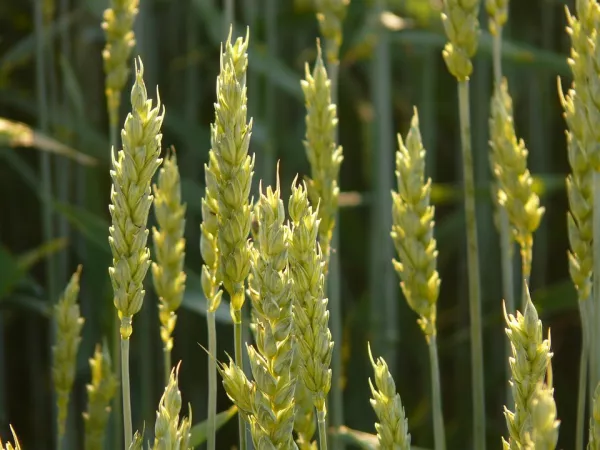According to preliminary data from Rosstat, agricultural production in 2022 increased by 10.2% compared to 2021. Including production in the crop growing segment increased by 15.9%, in livestock - by 2.4%. At the same time, growth in agricultural organizations in 2022 amounted to 12.8% (18.9% - crop production, 5.5% - animal husbandry), while household households showed a decrease of 1.8% in general (0.2% and 3.3% respectively). In peasant farms, agricultural production increased by 20.1% last year, crop production added 23.9%, and the dynamics in animal husbandry remained unchanged.
The increase in production in 2022 was primarily due to grain and oilseeds, says Dmitry Rylko, CEO of the Institute for Agricultural Market Studies (IKAR). In 2023, in his opinion, there is a very high probability of a decrease in the production of grains, and, possibly, oilseeds. As a result, against the backdrop of a high base in 2022, a drawdown in agricultural production as a whole is possible, he commented. According to the expert, the main risks this year will be weather conditions and rising costs for a number of production means.
One of the most important factors in crop production is good weather; in 2022, the yield of many crops was higher precisely due to this, says Georgy Ostapkovich, director of the HSE Center for Market Research. “Plus, a slight increase in the sown area, and the farmers also did a good job in terms of applying mineral fertilizers. But still, the main factor of productivity is the weather <...>, any agricultural product depends on climatic conditions. Last year, there were no long droughts, no cataclysms, and this contributed to crop production,” Ostapkovich commented.
It is extremely difficult to assess the prospects for this year, including due to the weather factor, he continues. In addition, there is the issue of importing seed material to Russia. For example, 95% of sugar beet seeds are supplied by the Netherlands. “Will they give us the required volume this year? Will we be able to buy them? It’s all complicated,” says Ostapkovich. According to him, Russia also has its own sugar beet seed, but its yield potential is lower. This means that if you use domestic seeds, you need to sow large areas, and this requires more people and equipment, which leads to higher costs.
But imports are not limited to sugar beet seeds: some crosses of chickens, cattle, etc. are also imported into Russia. Therefore, agricultural production this year will also depend heavily on how much the sanctions will affect the supply of capital goods in general. “Nevertheless, I do not foresee any catastrophes. For the same grain: we need about 90 million tons for our own needs, and we collect 140-150 million tons. In an extreme case, even with a lower yield, we will only reduce exports, that is, the domestic market will be provided,” Ostapkovich is sure.
Analyst at the Institute for Comprehensive Strategic Studies (ICSI) Nadezhda Kanygina draws attention to the fact that the growth of agricultural production in 2022 took place against the backdrop of high domestic demand for food. In the absence of foreign competitors, domestic producers felt more comfortable - there was more confidence in the possibility of selling products. Also, without a doubt, favorable weather conditions in many regions have contributed to high yields, she adds.
In 2023, the main risks and difficulties will be concentrated around solving long-standing logistical and infrastructural problems, Kanygina believes. So, storage systems are not enough from year to year, and there is no significant progress in increasing storage capacity. There is also a shortage of machinery and equipment. Also, communication is often poorly established even between neighboring regions, not to mention the transport system throughout the country, she lists.
“In order to maintain the profitability of production in 2023, it will be necessary to focus on solving infrastructure problems, which would massively reduce costs for all agricultural producers. To maintain interest in increasing agricultural production, it is also necessary to more actively develop the export direction, solve logistical problems, and look for new outlets for selling domestic products,” Kanygina commented.
© Inline LLC 2015-2025. Privacy Policy | Terms of Service